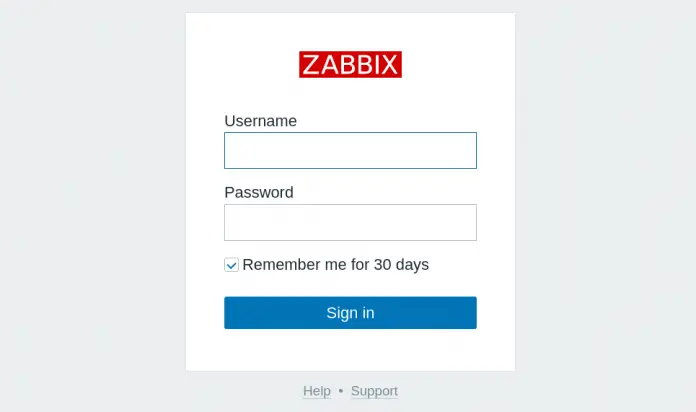

Hostname=use the FQDN of the node where the agent runs Configure Zabbix Agent – zabbix_nf Server=IP of Zabbix Server Therefore, open the zabbix_nf file with your favorite text editor.įind the below lines (use the screenshots as a guide), uncomment them and make the following changes: # nano /etc/zabbix/zabbix_nfĪdd Zabbix server IP address and hostname as shown below. Then, instruct the program to send all the collected information to the Zabbix server in order to analyze and process. Next, open the Zabbix agent configuration file located in /etc/zabbix/ system path on both major distributions. # rpm -Uvh Step 2: Configure and Test Zabbix Agent in Linux In order to automatically manage missing dependency issues and install the agent using one-shot use the yum command below: - On RHEL 8. rpm packaged for the distribution-specific release number, and install it using rpm package manager. $ sudo dpkg -i zabbix-agent_5.4.7-1+ubuntu18.04_amd64.įor RHEL alike systems, download the. Then, install Zabbix Agent in Ubuntu - On Ubuntu 20.04.

$ sudo dpkg -i zabbix-agent2_5.4.6-1+debian11_b - On Debian 10. Install Zabbix Agent in Debian - On Debian 11. Then, grab the latest version of the available agent’s binary packages using a tool such as wget or curl.įor Debian/Ubuntu use the following steps to download and install Zabbix Agent: Step 1: Install Zabbix Agents in Linux Systemsĭepending on the Linux distribution you are running, go to the Zabbix download page. Today, let us see the steps followed by our Support Techs for installation. How to Configure Zabbix Agents on Remote Linux? Today, let us see how our Support techs assist with this process. Wondering how to configure Zabbix Agents on Remote Linux? We can help you.Īs part of our Server Management Services, we assist our customers with similar queries.


 0 kommentar(er)
0 kommentar(er)
